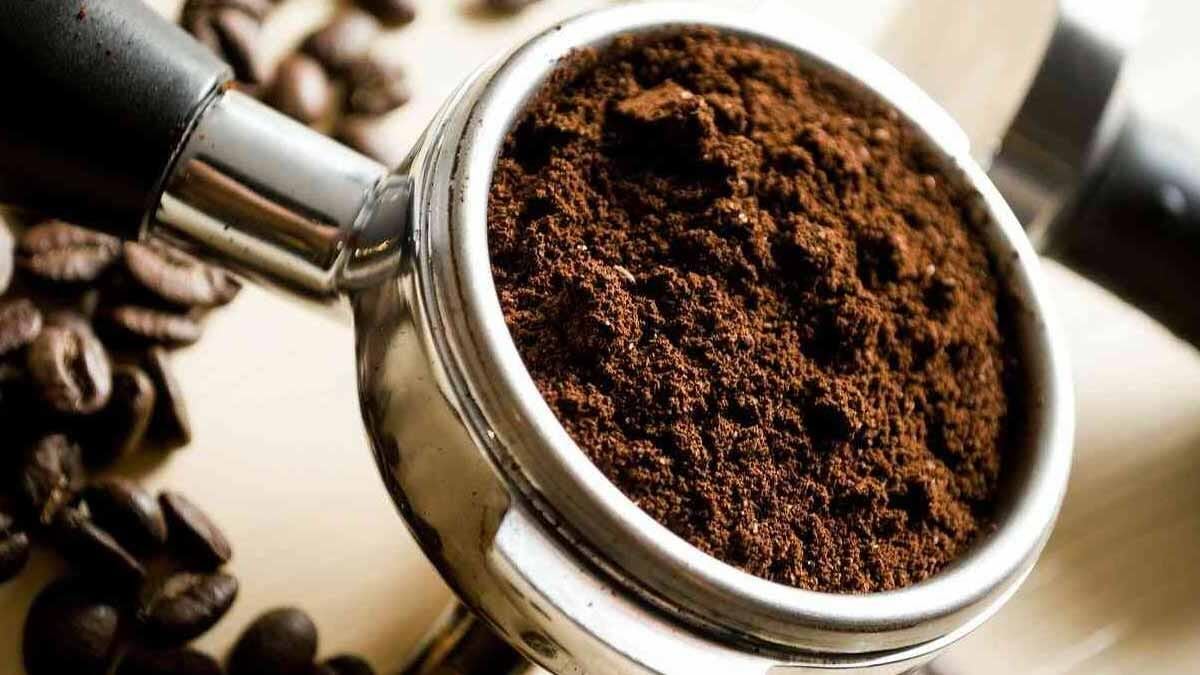Coffee grounds might look like scraps, but in the garden they become a hidden ally. Used wisely, they enrich soil, nourish life below ground, and help keep small pests in check—without harsh chemicals. This easy habit transforms a morning brew into steady plant growth, saves money, and cuts waste at home. With correct handling, grounds supply nutrition while improving soil structure so roots can breathe and expand. All it takes is a light touch and a few simple practices.
Why coffee grounds boost growth naturally
Coffee grounds provide nitrogen, phosphorus, and potassium in gentle amounts that encourage steady growth. They also add trace minerals like magnesium and copper, which strengthen plant tissues. Because nutrients release slowly, roots avoid shock and foliage develops richer color and vigor.
As grounds decompose, they feed microbes that rebuild tired soil. This microbial activity creates pore spaces that store both water and air, encouraging deeper, healthier root growth. Earthworms are drawn to this feast, leaving castings that further improve soil texture and water movement.
The coarse texture and scent of grounds form a natural barrier disliked by soft-bodied pests. Gardeners often notice fewer slugs and ants near treated borders, and even cats avoid mulched strips. Less pest pressure means healthier leaves that resist disease, especially during damp weather.
How coffee grounds feed plants and living soil
The benefits begin with preparation. Wet clumps can mold and block airflow, so spread grounds thinly on paper or trays to dry for a day or two. Once dry, they mix easily into soil, supporting aerobic decomposition and preventing sour, compacted layers.
Application matters as much as preparation. A thick crust can repel water, so instead, mix small amounts into the topsoil or blend with compost. This balance allows microbes to work gradually, releasing nutrients plants can use steadily.
Moderation is key. Overuse can push soil acidity too far. Most beds do well with one or two tablespoons per plant, applied up to four times a year. Pairing grounds with chopped leaves or banana peels balances nutrients and keeps feeding gentle but effective.
The plants that truly benefit from this kitchen habit
Roses respond with more resilient blooms, thanks to nitrogen that fuels buds without encouraging weak, sappy growth. A light mulch ring with grounds also helps deter aphids and support disease resistance.
Acid-loving plants like hydrangeas, rhododendrons, camellias, and blueberries thrive with small doses. The slight acidity improves nutrient availability, while microbial activity supports steady vigor.
Vegetables also benefit when amounts stay small. Tomatoes, potatoes, aubergines, cucumbers, and brassicas grow sturdier, while leafy greens fill out with healthy foliage. The slow release of nutrients helps crops withstand summer stresses like wind, heat, and short droughts.
Practical ways to apply safely for stronger growth
Always dry grounds before use, then sprinkle lightly around the drip line where feeder roots lie. Scratch them into the surface and water soon after to activate microbial breakdown.
For pest deterrence, create thin rings around vulnerable stems. Refresh after rain to keep coverage consistent, and combine this with tidy borders and clean tools for best results.
Indoor plants also appreciate small doses. Ficus, monstera, and other houseplants show healthier growth when grounds are mixed sparingly into potting soil, followed by watering to keep nutrients moving gently.
When coffee grounds are not the right choice
Not all plants welcome the extra acidity. Mediterranean herbs like lavender, rosemary, and thyme grow best in neutral or alkaline soil, so avoid using grounds around them.
Seedlings are also sensitive. Their delicate roots can burn from nitrogen or be inhibited by caffeine. Wait until plants mature, then use grounds sparingly as part of a broader feeding routine that includes compost and mulch.
Overuse is the most common mistake. Thick layers block water, stifle microbes, and suffocate roots. Always spread thin, mix well, and watch foliage. Healthy leaves with even color signal balance, while yellowing or wilting suggests it’s time to scale back.
Simple habits that turn morning waste into garden strength
A simple routine can transform a garden over time. Dry, measure, and mix with care to keep results consistent across seasons. In this way, coffee grounds nourish plants, enliven soil, and deter pests—all while reducing waste. With moderation and a steady hand, flowers brighten and harvests improve, as roots enjoy friendlier, healthier soil year after year.
